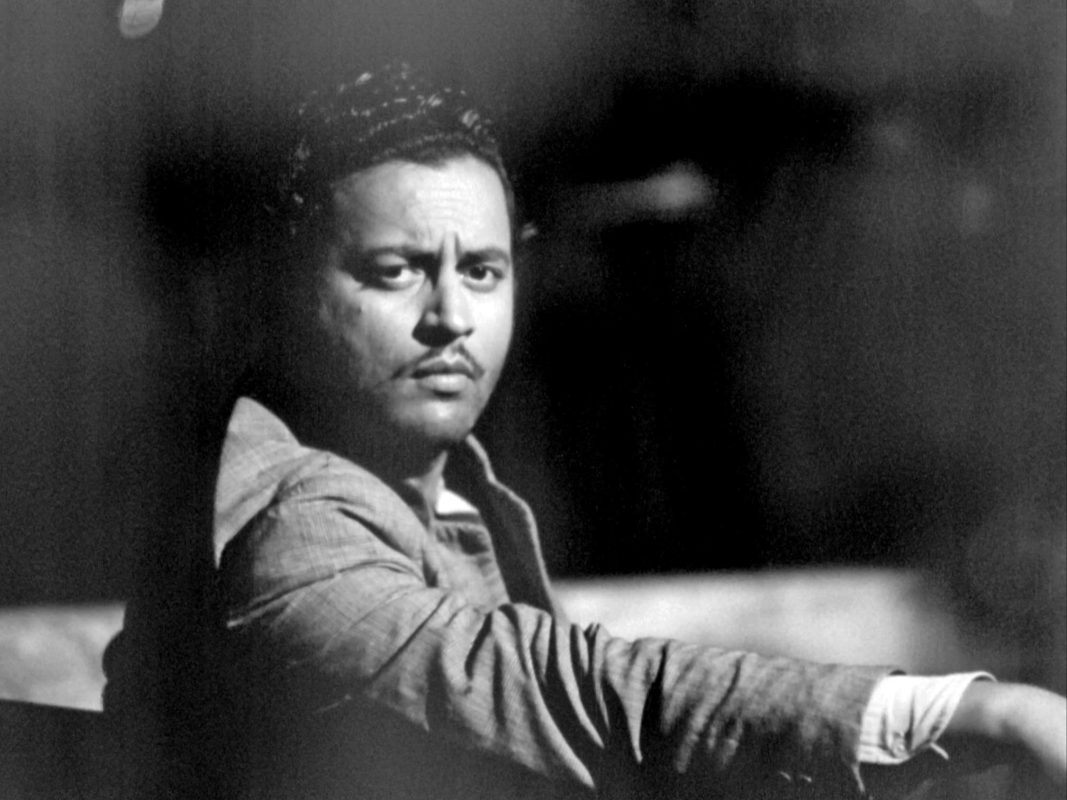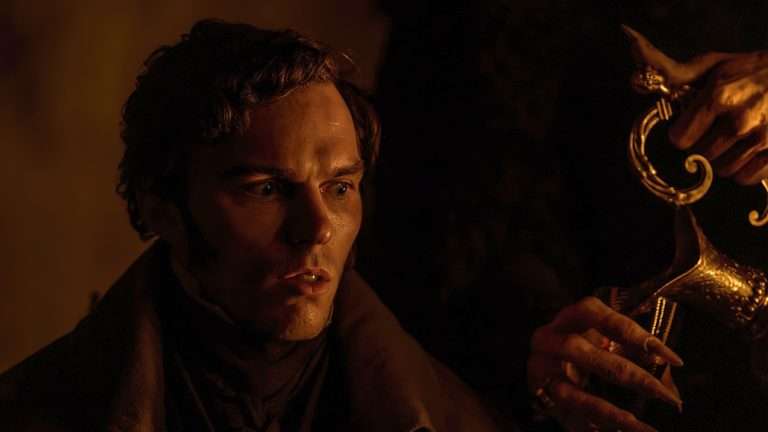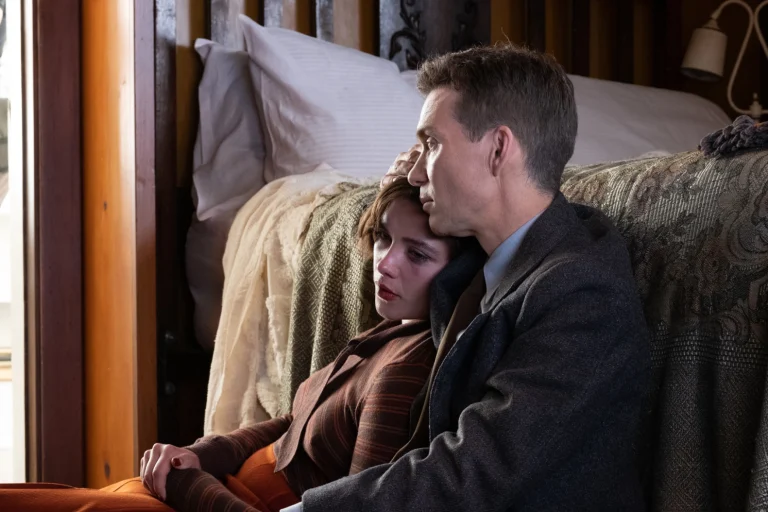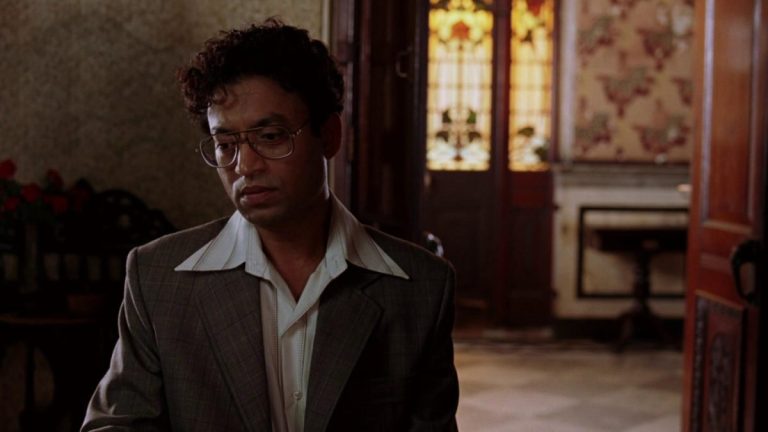Guru Dutt is undoubtedly one of the greatest showmen of Indian cinema, but what truly sets him apart is his portrayal of the artist’s predicament—creators trapped in the chaos of an indifferent society. Both “Pyaasa” and “Kaagaz Ke Phool” revolve around artists—a struggling poet and a celebrated director—who remain misfits in a world that refuses to understand them. In these films, Guru Dutt chose melancholy as his muse, immortalising his artists through their suffering. “Pyaasa” and “Kaagaz Ke Phool” are timeless tragedies that continue to reflect societal issues that remain painfully relevant today.
Dutt’s depiction of society in both films
In both films, Guru Dutt represents a society’s thirst for power, fame, and wealth, where love, loyalty, and friendship are transitory. His protagonists in both of these films are victims of a materialistic society. “Pyaasa,” as the title of the film suggests, depicts the eternal thirst of men in a cynical society where peace is a distant dream, while “Kaagaz Ke Phool” shows how, with time, everything withers away in a worldly society. “Kaagaz Ke Phool,” as the title of the film suggests, refers to the flowers that blossom, yet subtly it indicates that the flowers of this material world are made of paper that can be easily crumbled under the burden of the vaulting desires of people.
Dutt’s protagonists: Vijay and Suresh
Guru Dutt, being a multitalented artist, was very familiar with the psyche of an artist, which makes his depiction of artists so adequate and unique. Vijay in “Pyaasa” was a struggling poet searching for recognition; his poems were, however, discarded by society and dumped as trash until the false news of his death, which finally leads to the publication of his poems and gives him the recognition as a poet that he had been yearning for throughout his life.
Meanwhile, Suresh in “Kaagaz Ke Phool” was an established and famous director who, in his quest to find a perfect heroine for the role of Paro in his film Devdas, stumbles upon an orphan girl named Shanti, ironically, whose entry into his life snatches everything away from him, including his peace and fame.
Vijay and Suresh’s journeys as artists are antithetical. While Vijay was a pauper who became a renowned poet, Suresh was a famous director who became a pauper. Vijay and Suresh, however, were true to their emotions and art and never compromised their outlook on life. Both of them endured excruciating pain. Both of their hearts were pierced by the thorns of love, yet they always resisted and rejected a society replete with hypocrisy.
When Vijay finally got the opportunity to let the world that revered him for his poetic genius know that he was alive, he chose to remain dead. On the other hand, when Suresh got the opportunity to go back to the superficial world of cinema, he chose not to return. Both of them were firm in their beliefs and were resolute.
Guru Dutt never overtly depicted his protagonists as rebels, yet through their quiet resilience, he portrayed them as silent revolutionaries struggling to free themselves from the shackles of society. Moreover, “Kaagaz Ke Phool” feels almost like a cinematic déjà vu—a haunting foreshadowing of Dutt’s own life and his fraught journey within the film industry. He was a visionary director who not only glimpsed his own fate but also anticipated the social struggles that would continue to resonate well into the 21st century.
Dutt’s depiction of women – Gulabo and Shanti, Meena and Veena
Dutt presented two categories of women in both these films: one who always aimed to possess all the riches of this world to climb the social ladder, such as Vijay’s lover Meena in “Pyaasa” and Suresh’s wife Veena in “Kaagaz Ke Phool.” Both the women repudiated their lovers and husbands in order to taste affluence and to fit in with society.
The other category of women is damsels in distress longing for warmth and love, such as the sex worker Gulabo in “Pyaasa” and the actress Shanti in “Kaagaz Ke Phool.” Gulabo and Shanti were both orphans who never experienced the feeling of home and security until they met Vijay and Suresh, who changed their world and their perspective on life. However, both of their unflinching loves only brought misery into the lives of Vijay and Suresh.
If Vijay and Suresh are considered tragic heroes, then their hamartia is love; falling in love with Gulabo and Shanti led to their downfall. Nonetheless, both categories of women Dutt depicted were victims of patriarchy.
While women like Meena and Veena were conditioned by the prejudices of society, which subdued their ability to be decisive, women like Gulabo and Shanti were objectified and exploited by lustful and treacherous men who took advantage of their naiveté. “Yeh Hanste Huye Phool Jinhen Naaz Hai Hind Par”, is a song sequence in “Pyaasa” that captures a bleak view of tormenting women in society, and through his song, Dutt raises a vital question, i.e., Is our nation still divided by narrow barriers of caste, creed, religion, and sex really worthy of the pride we take in being a part of it?
Why are both of these films timeless?
“Pyaasa” and “Kaagaz Ke Phool” are extremely poetic, be it the cinematography or the lyrics of songs written by Sahir Ludhianvi and Kaifi Azmi, the two great Indian poets, and sung by Mohammed Rafi, Hemant Kumar, and Geeta Dutt. All these aspects make these two films the classics of Indian cinema. Moreover, “Pyaasa” narrates the tale of a struggling poet who was trapped in this capitalistic society, a poet who was never valued by his society.
Unfortunately, this issue still persists in our society, where writers are often underpaid and denied the recognition they deserve. Budding writers still struggle to find proper platforms to showcase their talent, while opportunities are mostly reserved for established names. “Kaagaz Ke Phool,” meanwhile, tells the story of a director who becomes a victim of time itself, poignantly illustrating how fame, glamour, and success inevitably fade—an eternal truth that remains as relevant today as ever.
Dutt’s portrayal of a society where the thirst for power and wealth has blinded the humanity in people is very much like the society we reside in. Society might have evolved through the decades in various ways, but its issues remain the same. Guru Dutt’s protagonists were strong adversaries against the corrupt society; they strived hard to transcend their worlds that only inflicted them with grief. Vijay chose to remain dead in the eyes of society and decided to escape far away with Gulabo, the only person who understood him.
Suresh sought refuge in alcohol and died in the end. In both of Dutt’s films, love was synonymous with pain, and the union of lovers was always fraught with uncertainty and impossibility. Whether their endeavours were successful is debatable, but both of these films by Guru Dutt can be considered tragedies where life and happiness seemed to be illusions and death and agony the only realities.







